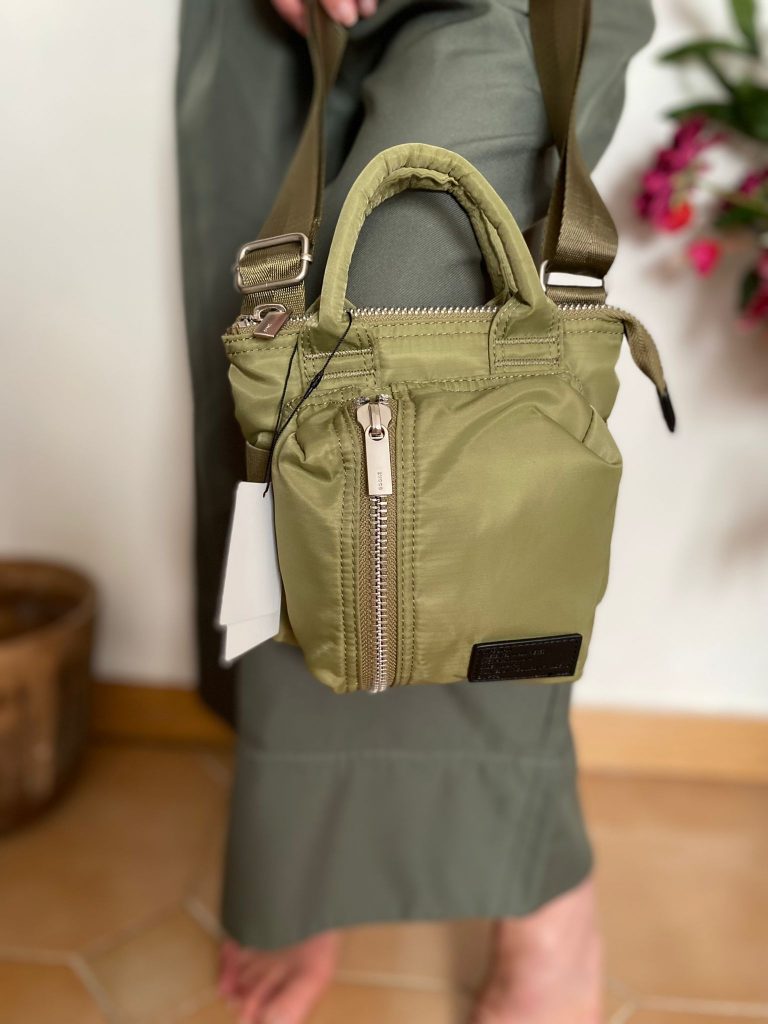Violent responses in modern society
Where do we want to go next?
Violence is served to us continuously. It happens in movies as well as in tv shows. But sadly, it happens in reality too. Even if we focus on our work, the current exceptional facts are inescapable. Anyway, the war is turning the fashion industry upside-down.
Violence is the response we see on a daily basis and to any act. And it is curious to see how people condemn it or accept it depending on the case.
How does a violent response happen?
Someone says something. Someone does not respect an agreement, or someone crushes your foot. The list could be longer because we can find endless occasions that would trigger a mindless reaction. However, by crushing the foot, that someone hits someone else’s nerves. And what does this someone else do? This someone else reacts with violence. A violent reaction can go from slapping someone in the face to invading a country, just to name two possibilities.
Perhaps both examples may sound familiar. Whatever may have caused the violent response – “You assault somebody, you get escorted out the building, and that’s it.” So stated the Oscar co-host, Wanda Sykes, for instance.
Following the same logic: you assault another country, you get invited to stop! Because whatever caused your reaction, borders cannot be violated. Of course, we weigh both sides considering the wider picture, but only one side is the aggressor. Therefore, to remain equidistant means being on the side of those using violence.
Violence is a human tendency, but it’s a brutal response
Violence is a human tendency, but it is a brutal response and must always be condemned. Because when you react violently, you’ve already lost. Even if provoked by someone, it shouldn’t be accepted.
As a matter of fact, we get accustomed to violence more easily than to respect or kindness. It’s time to understand that this attitude is not constructive.
Violence is never the answer. Let’s make it clear. Let’s make them stop.
#STANDWITHUKRAINE
Violent responses in modern society Read More »

